Keats House, London
A review of a visit to Keats House in London’s Hampstead. Seeing the place where Keats lived, fell in love and departed for his final voyage to Rome creates a real connection with one of the most famous Romantic poets.
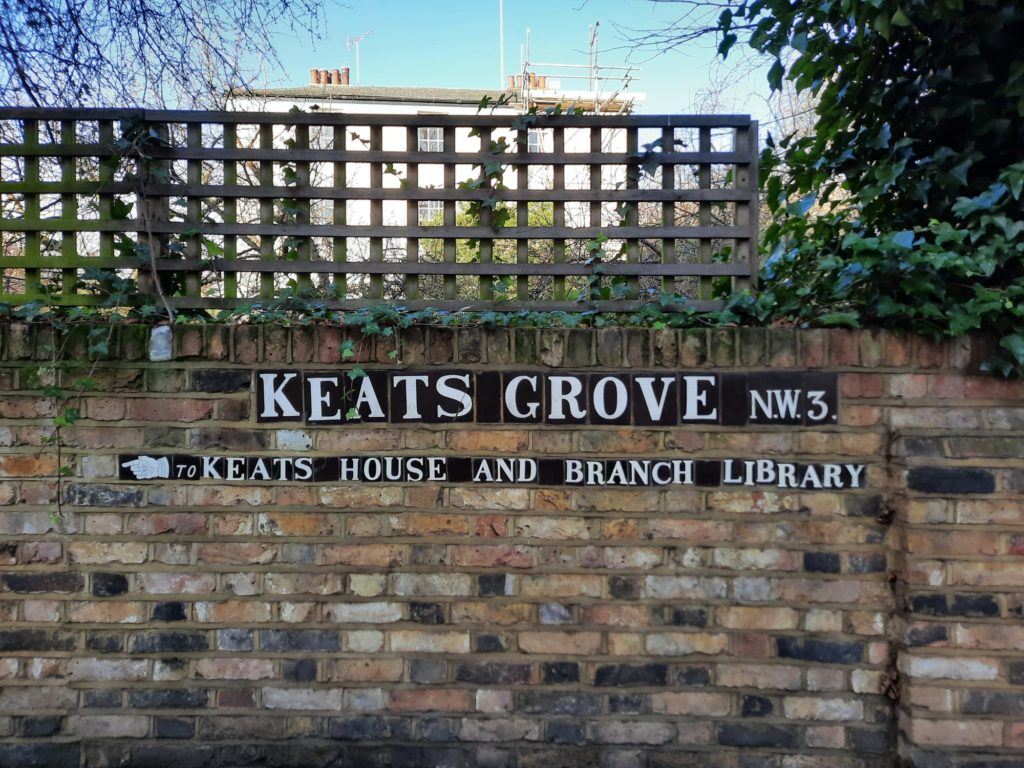
John Keats, Romantic Poet
It turns out there was a lot I didn’t know about John Keats. I had sort of assumed that the Romantics were all wealthy sensitive types like Shelley or Byron; swanning around Switzerland or Greece or the Lake District composing verses. Not so with Keats. John Keats was a Londoner, born around Moorgate in 1795. He wasn’t wealthy, but wasn’t particularly deprived either.
His father was a hostler (groom/stableman) attached to the Swan and Hoop pub, which he later managed. Thomas and Frances Keats wanted to send their sons to Eton or Harrow boarding schools but couldn’t afford it. So they a closer and more modest one in Enfield. When John was eight years old, his father had an accident returning home from a visit to Enfield, and died. By the time he was fourteen he had seen his mother die too, of consumption (tuberculosis). This disease unfortunately later claimed his brother Thomas’s life, as well as his own.
So Keats was not what we might call the literati, but he was educated. He did not pursue writing as a career initially, however, opting instead for an apprenticeship with a surgeon and apothecary. He then went on to further studies at Guy’s Hospital, and ended up as the equivalent of a junior house surgeon. During his time as a man of medicine he began to spend more and more time on writing and attempting to have his creative work published. In 1816, newly licensed in medicine (which itself was a new thing), he told his guardian he intended to become a poet rather than a doctor.
It was his brother’s health which first brought him to Hampstead, which in the 18th Century had become something of a spa town. Thomas Jr. died of tuberculosis in 1818, and John took rooms with a friend in Wentworth Place, which is the Keats House we can visit today. Let’s take in a few more photos before we find out what happened next.
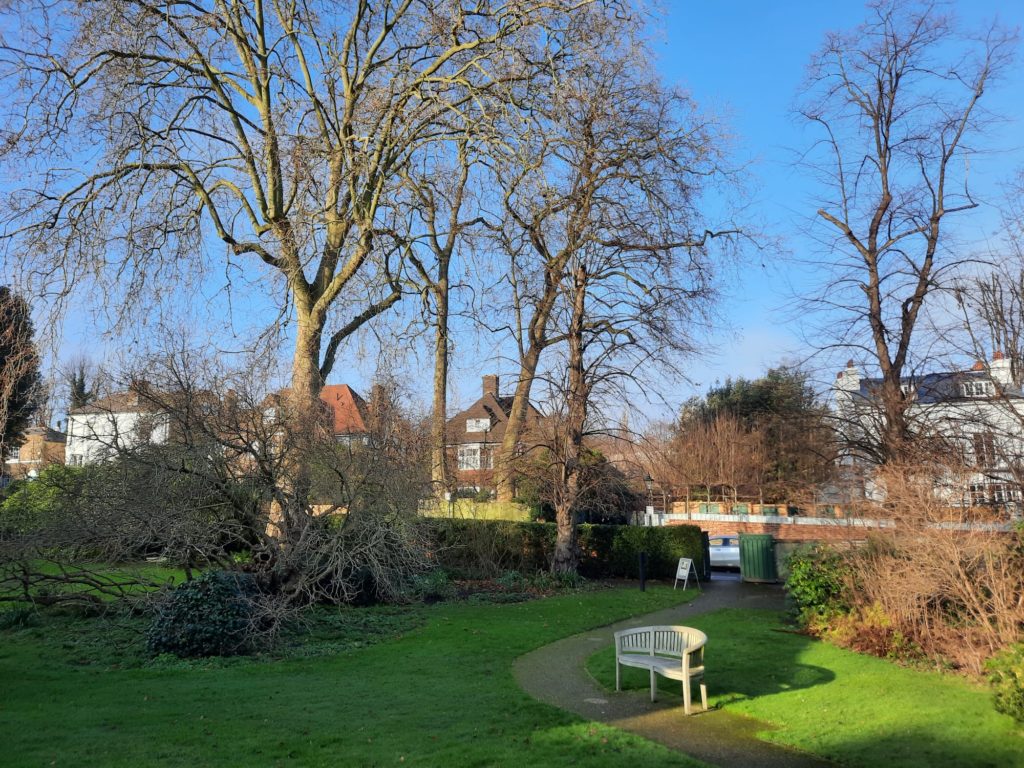
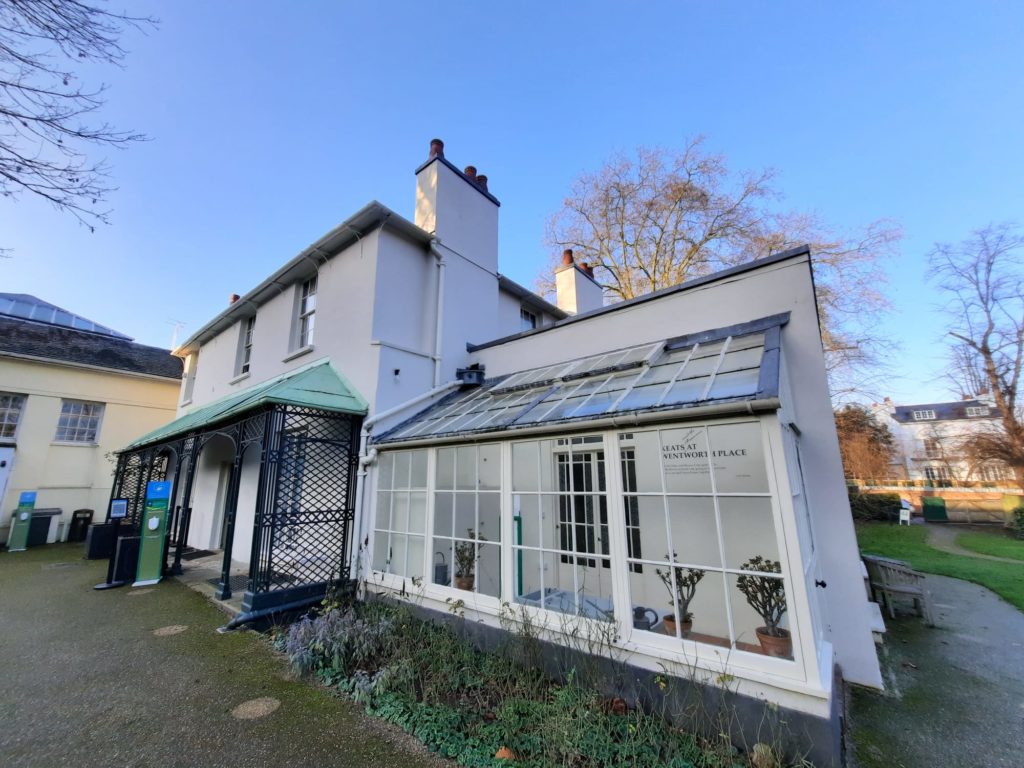
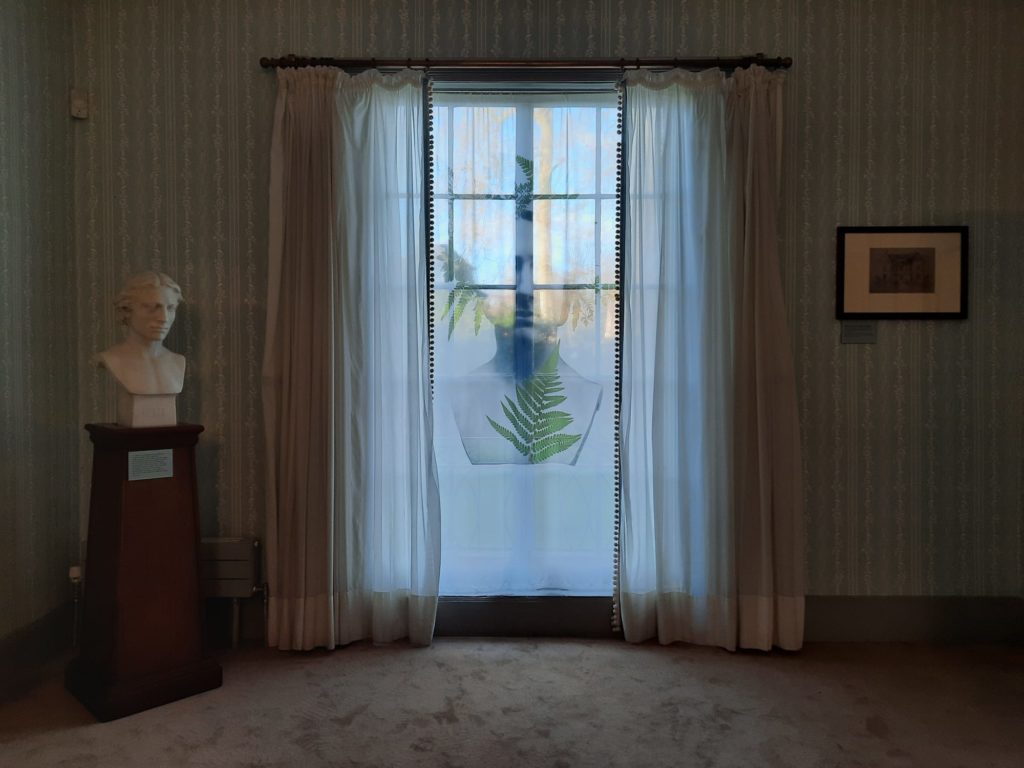
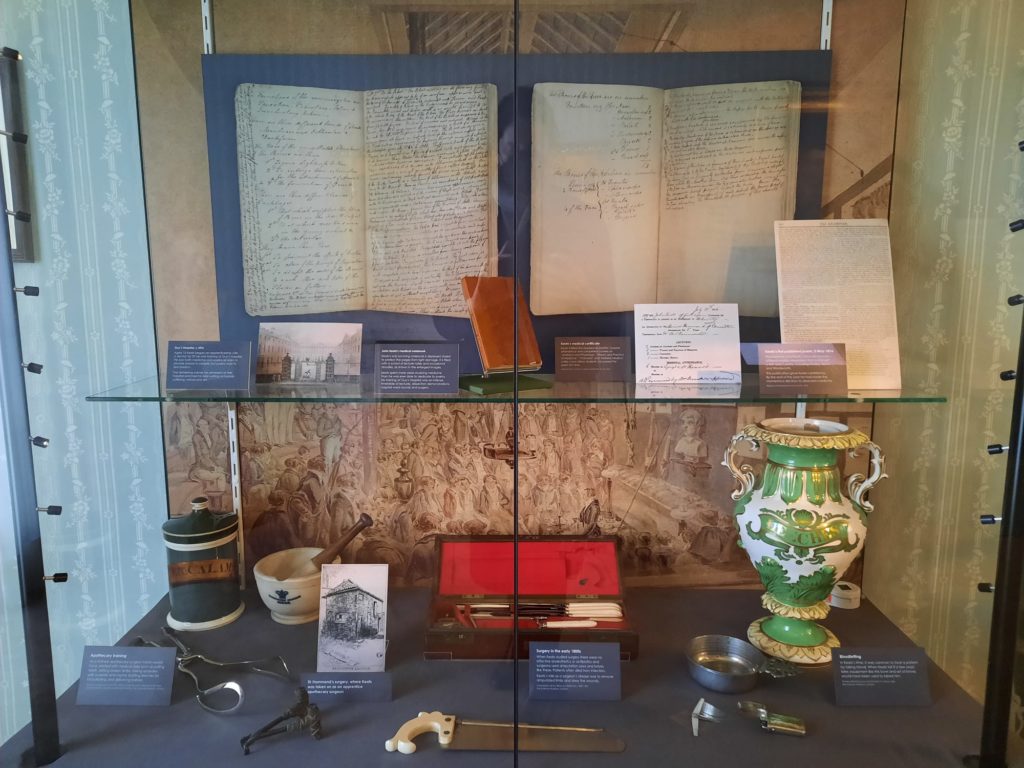
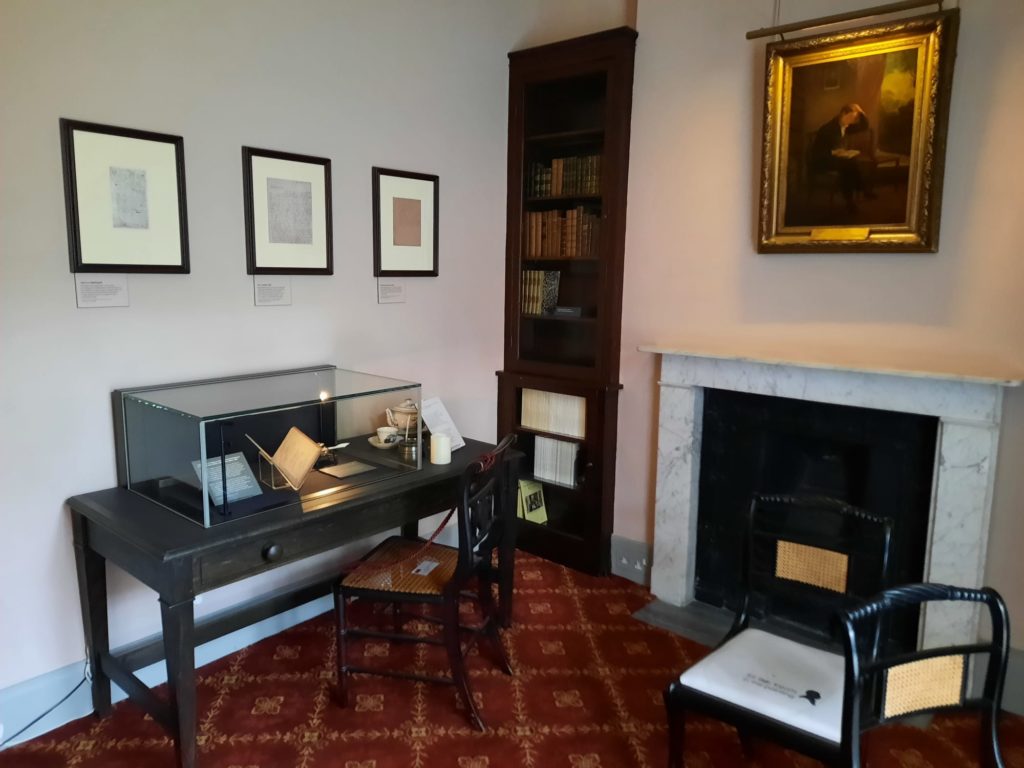

Wentworth Place
Wentworth Place was owned by Keats’s friend Charles Armitage Brown. Keats moved in after his brother’s death, and also weakened by a walking tour of Scotland which had impacted his health. He was not doing well financially, and struggling to establish himself as a poet. Thank goodness for excellent friends! At Wentworth Place Keats had a wonderful year of writing, during which he penned well-known poems like Ode to a Nightingale. Wentworth Place is also where Keats fell in love with Fanny Brawne. The house was divided in two, and Fanny and her mother replaced the Dilke family in the other half of the house in 1819. This was not the first meeting of the young sweethearts, but allowed them to spend a lot more time together and grow closer.
In 1820, Keats went to Italy on the advice of a doctor in order to treat his tuberculosis. He died there in early 1821 and there is another Keats (and Shelley) museum on the Spanish Steps in Rome. His friend Charles Brown left Wentworth place for destinations including Plymouth and New Zealand. Over the years Wentworth Place became a single, larger house. It was saved from demolition in 1920 and became a museum in 1925. And as for Keats, his fame increased very quickly after his death. His poem When I Have Fears That I May Cease to Be stands as an epitaph to a life lost too early.
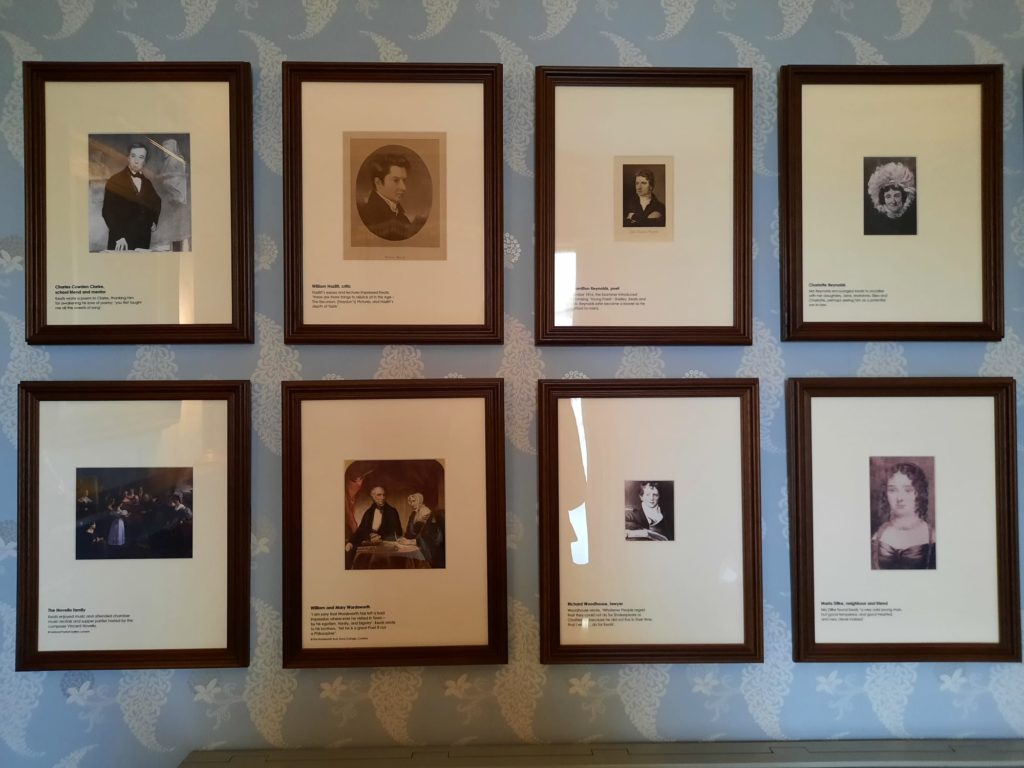
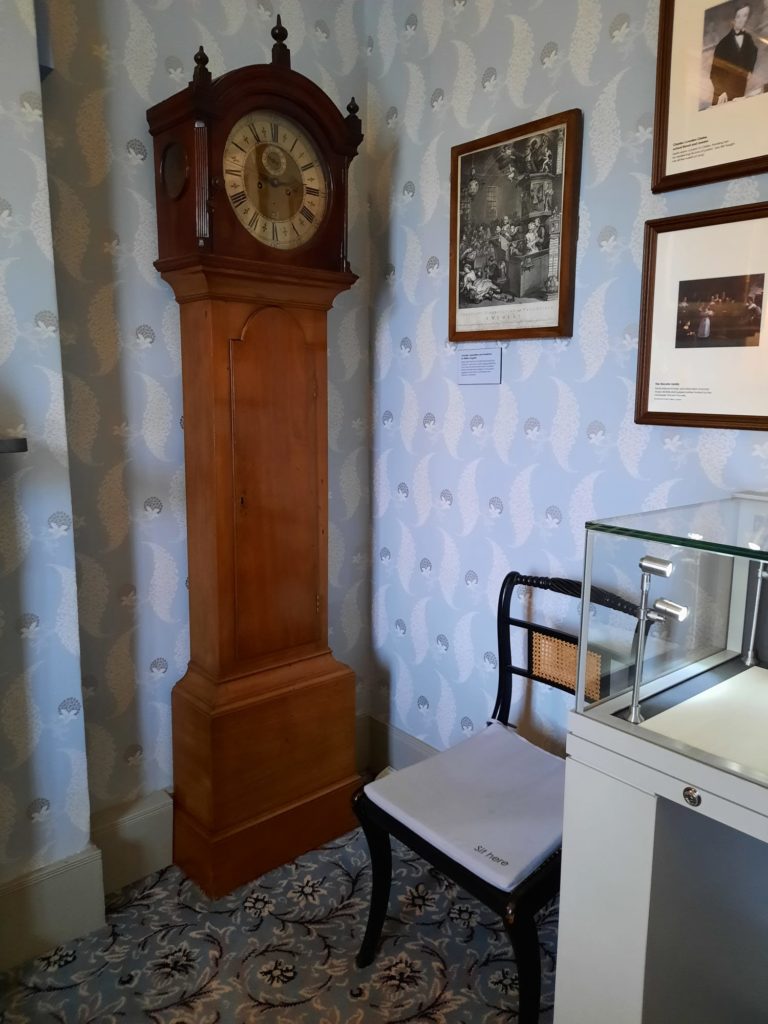
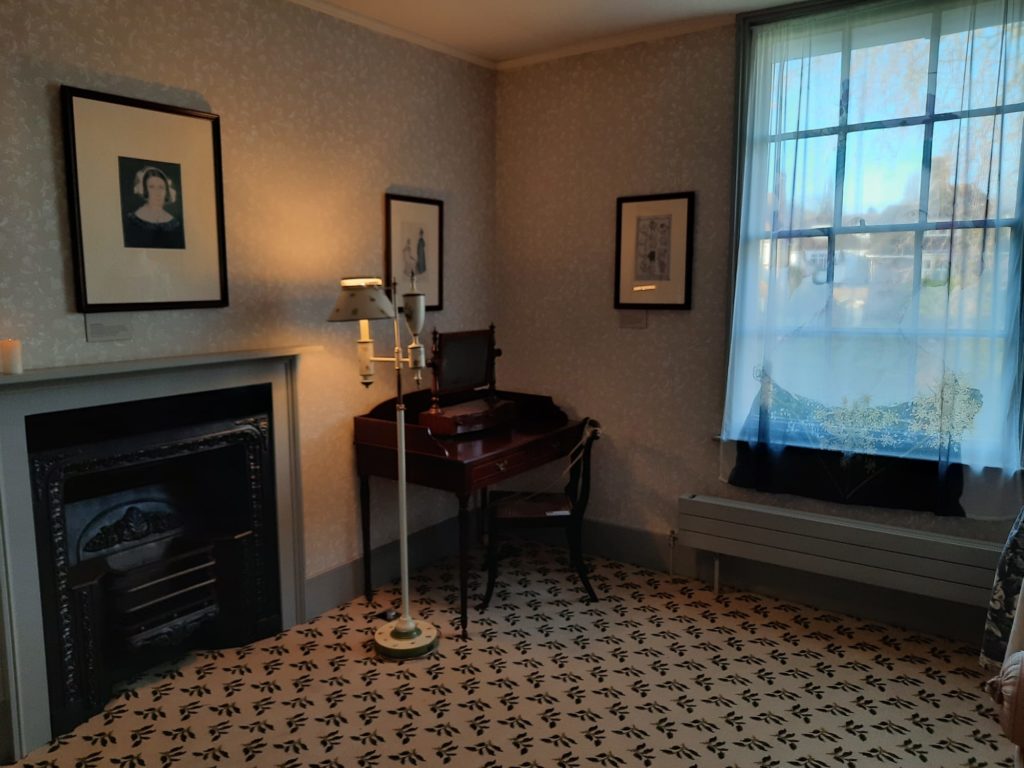
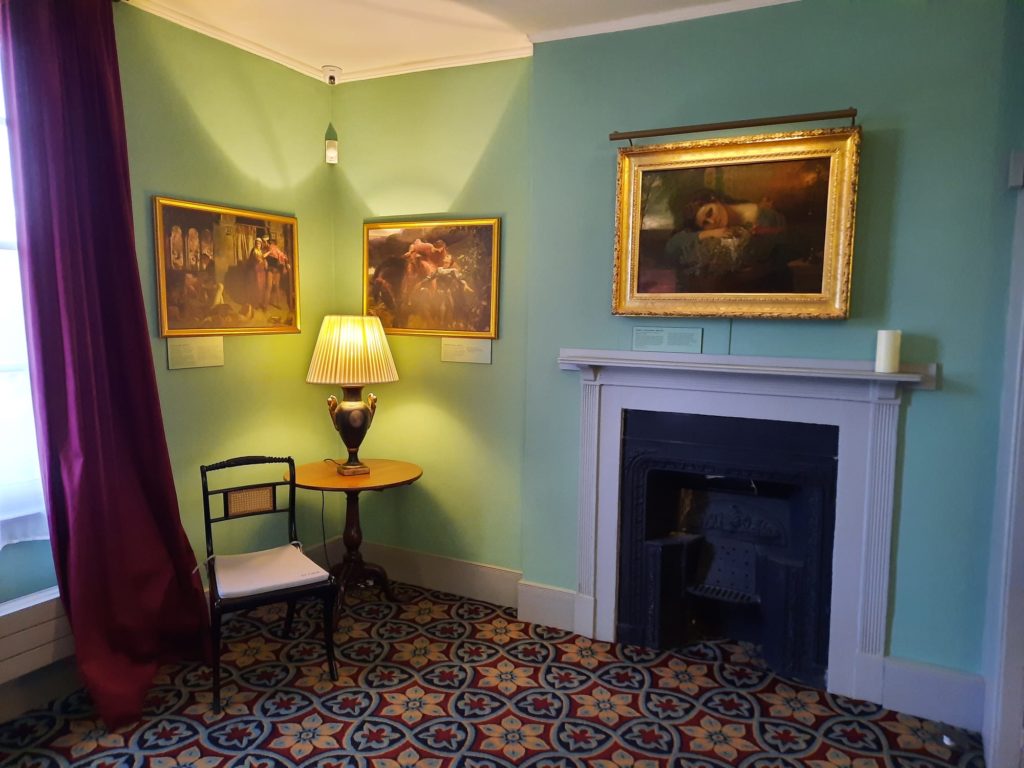

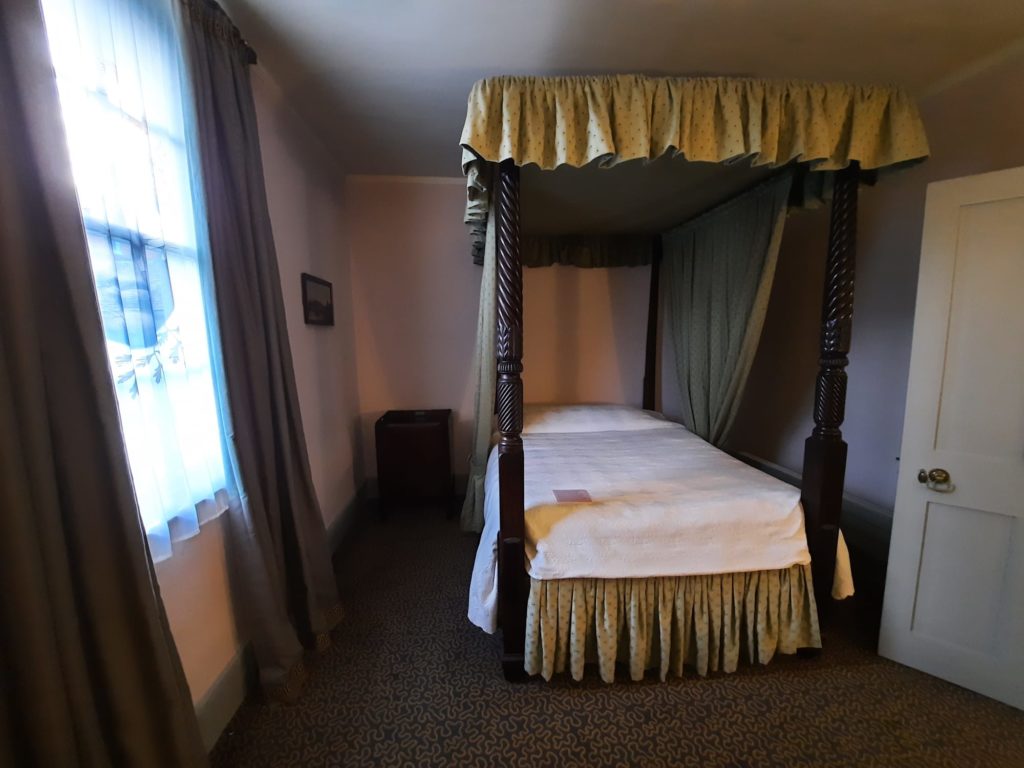
Keats House
So there you go – you can’t say I didn’t learn anything about John Keats while at Keats House. The reason that I learned so much is that their set up is quite effective. Buying an entrance ticket gets you access to a guided tour. It doesn’t cover the whole house, but does cover all of Keats’s life and explains how to interpret the house. Before or afterwards you can wander at your leisure, including up to bedrooms and down to the kitchen. Our guide was extremely knowledgeable and engaging.
Like the Ranger’s House, the nature of Keats House means that it doesn’t have an inherited collection. Today there are a number of purchased or donated objects which helps to tell Keats’s story. But the rooms mostly have a little furniture to give a sense of the original usage while focusing mostly on interpretation and explanation.
There’s also a natural flow to the House. After the ticket office and shop is a room which tells the story of his early life and medical training. There are also a few images of Keats. He seems to have had a lot of life casts made, which helps with accurate portraits! Keats House has a penchant of its own – for positioning portrait busts at the height of the person in life (where known). I found this charmingly quirky. And also discovered just how short Keats was (5’1″).
But anyway, after his early life you move through his literary career, relationship with Fanny Brawne, decline from tuberculosis, and death. The basement kitchen and other spaces are more related to the story of the house itself. As is the conservatory, which is an extension.

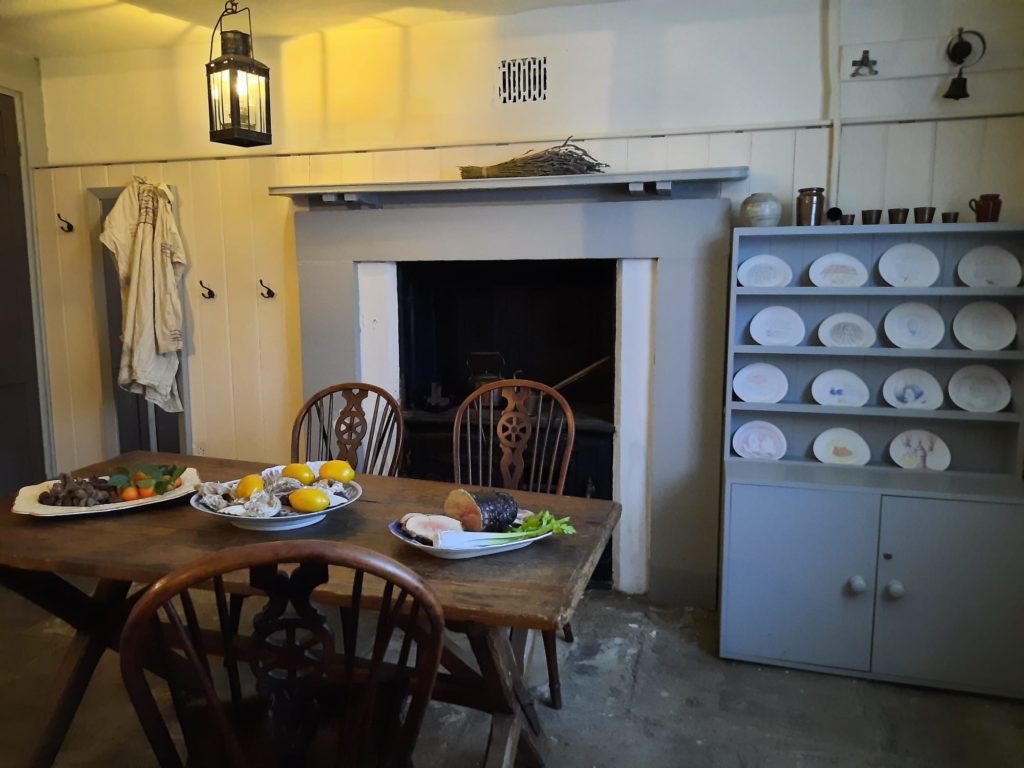
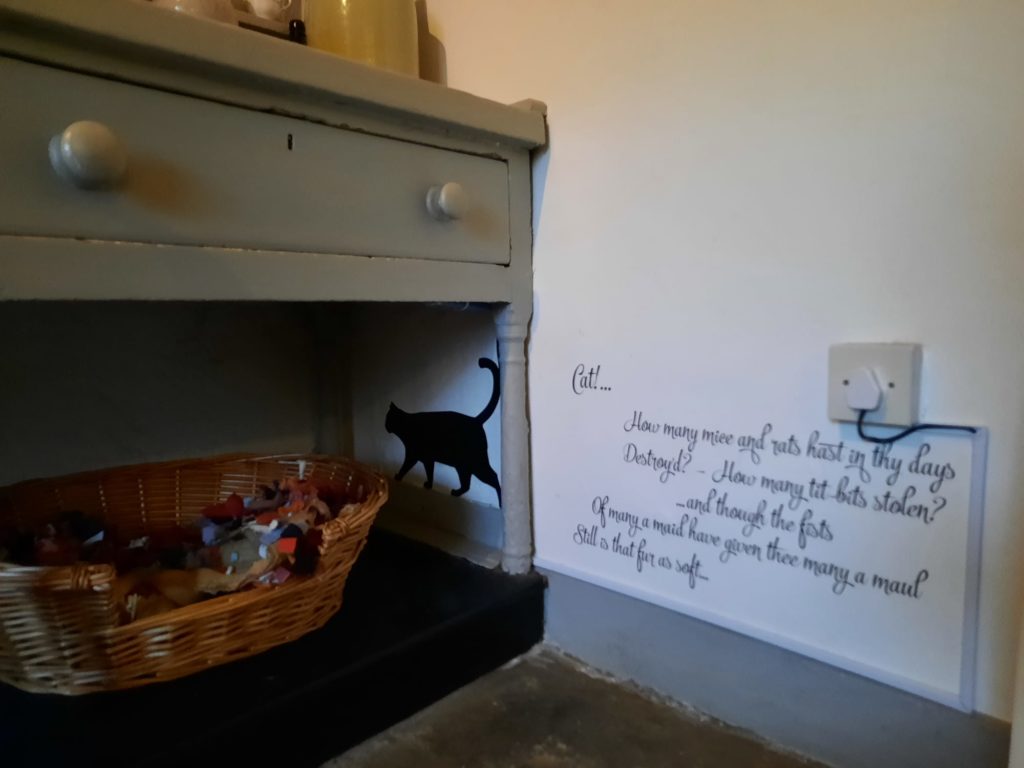
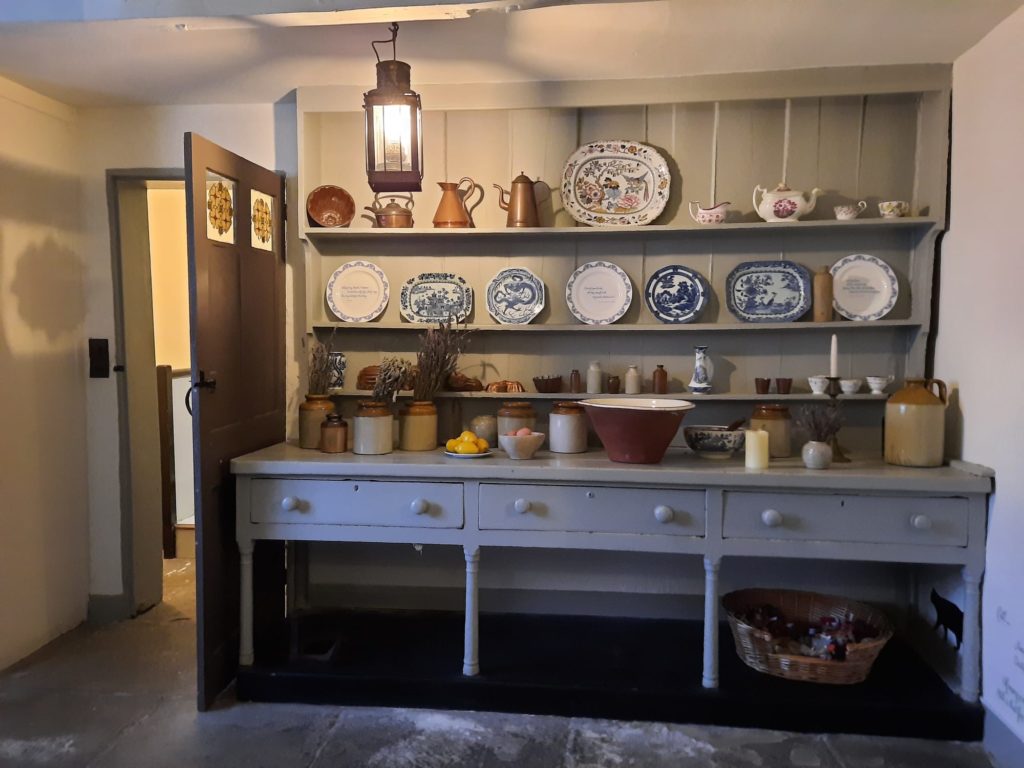
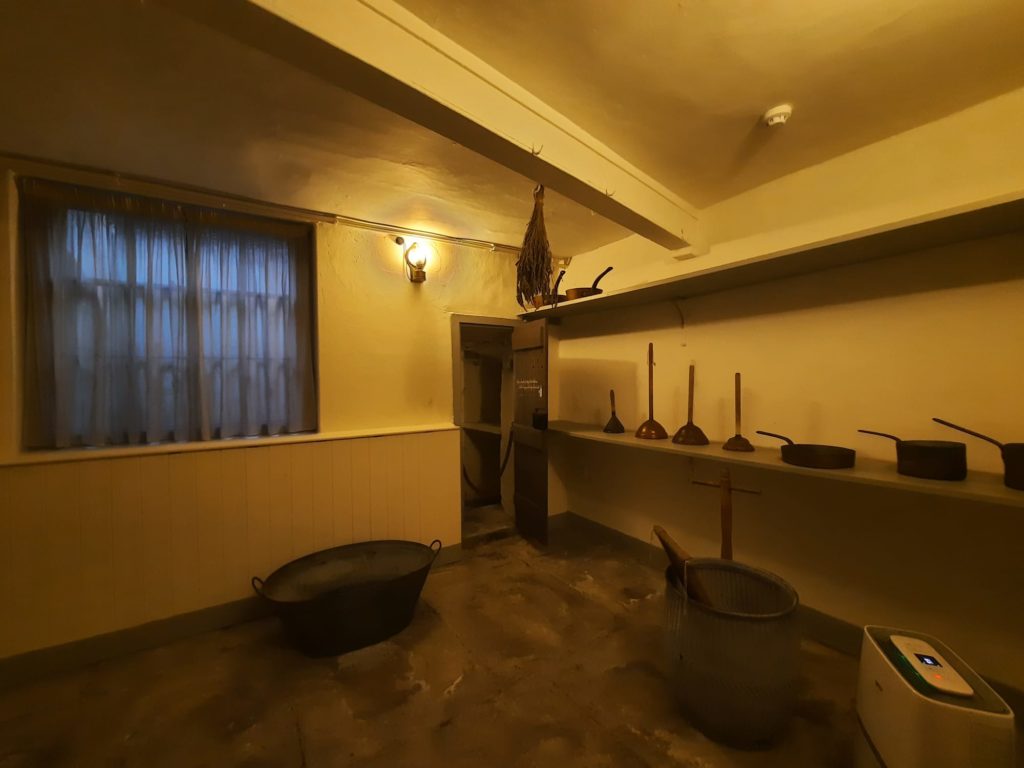
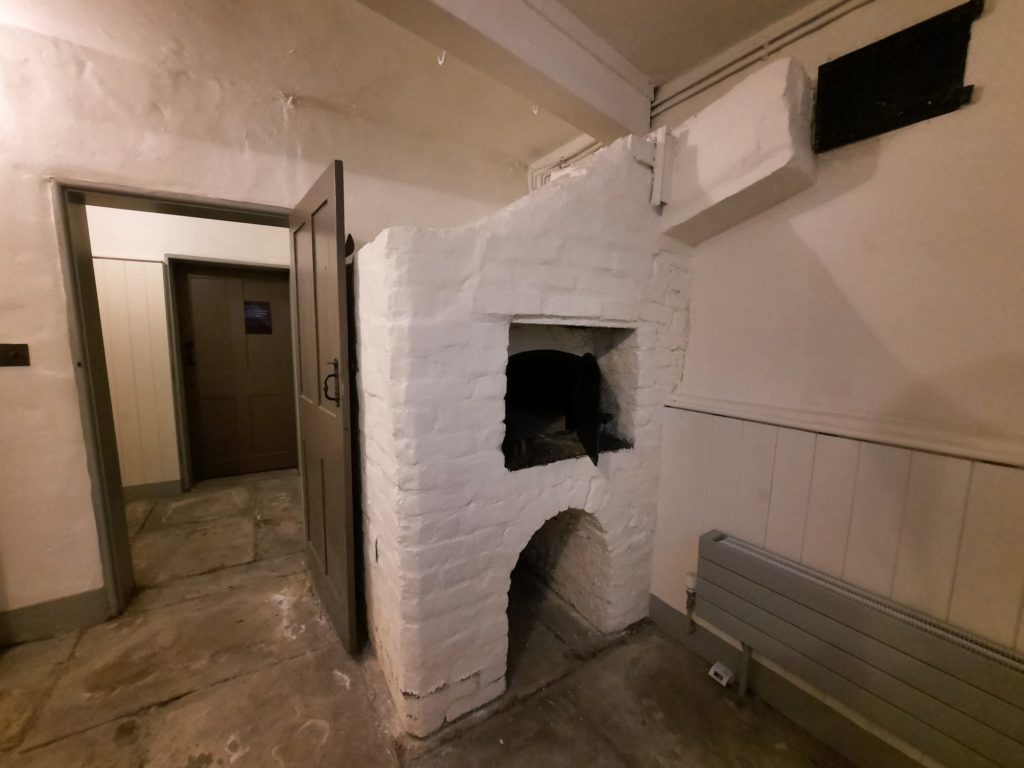
Final Thoughts on Keats House
I found Keats House to be a very enjoyable side trip from Hampstead/Hampstead Heath. Or as a Romantic poet pilgrimage in its own right, I guess, if you’re into that sort of thing. It is well-presented and interesting. There’s a wealth of information to take in, but it doesn’t feel like too much. And the guided tour in particular makes it easy to understand the essentials before you move on to the detail.
The other thing I enjoyed about Keats House was thinking about the evolution of Hampstead. The house is down a little side street, a few minutes’ walk from the Heath. But it seems a world away from Hampstead as a healthy spa location far away from London’s smog, where you could hear a nightingale in the peaceful garden. I’m pleased the planned demolition did not take place so that we can connect to the past, and in particular the life and work of John Keats, in this way.
Salterton Arts Review’s rating: 3.5/5
Trending
If you see this after your page is loaded completely, leafletJS files are missing.

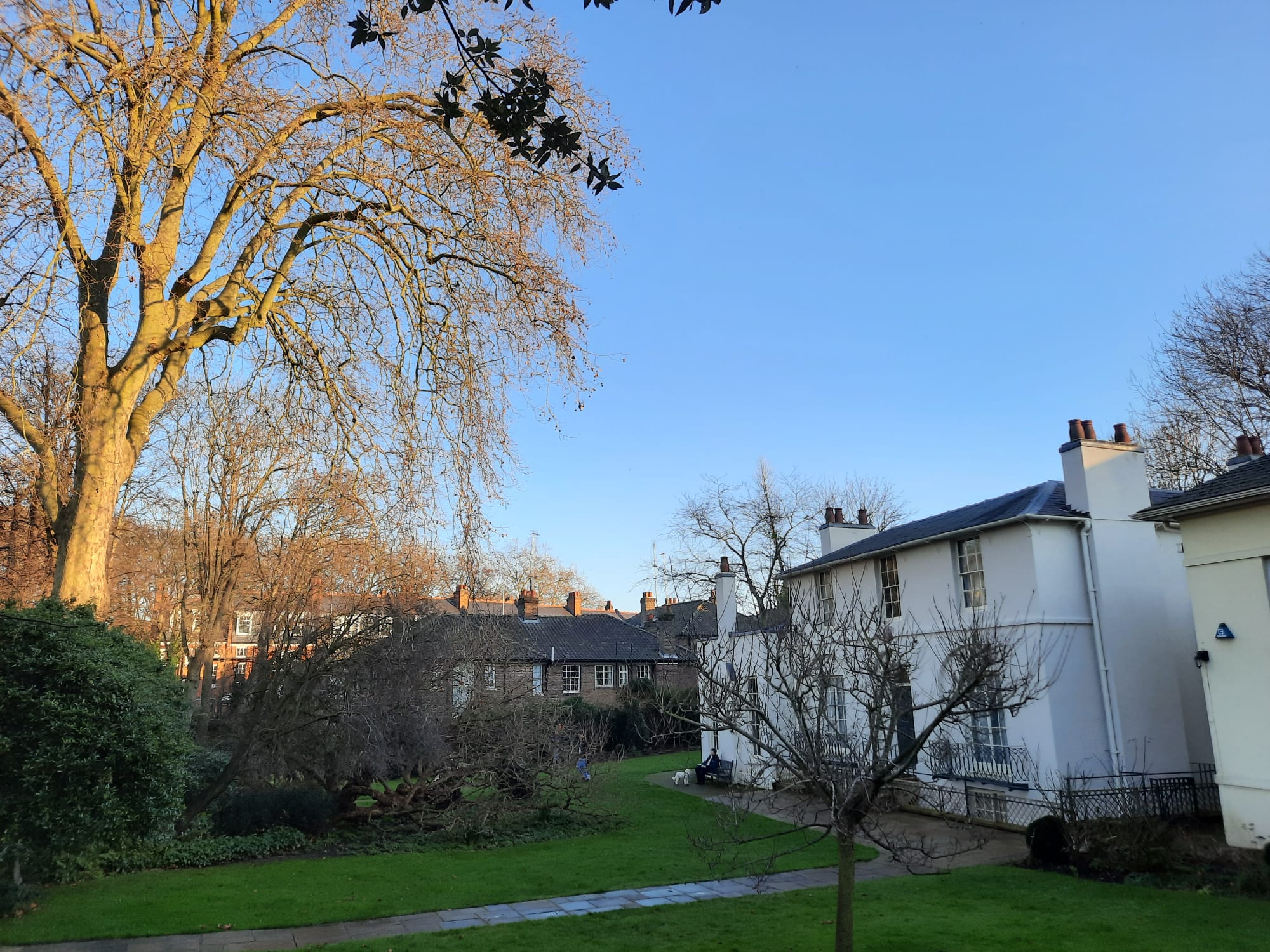
One thought on “Keats House, London”